11 Companion Plants for Melons (With Pictures)
-
Jeff Weishaupt
- Last updated:
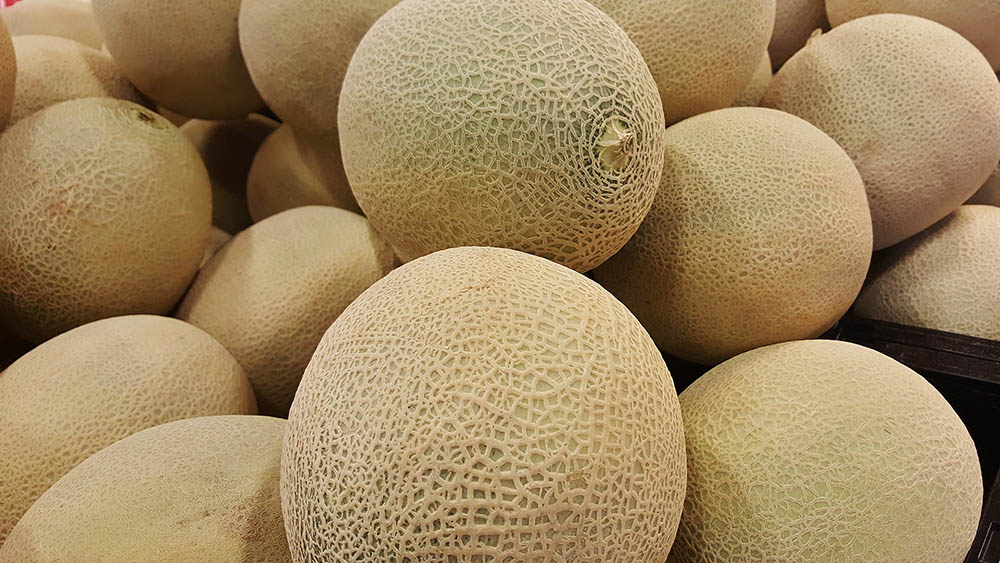
Melons are one the best plants you can have in your garden. They are a superfood and an excellent source of vitamins and minerals. If you want to introduce new friends to your melon crops, you can add a few companion plants to your garden.
Companion plants grow close to other plants in a mutual-benefit relationship. For instance, both plants might protect each other from pests, diseases, and weed production. Companion planting is about enhancing the growth and health of your garden crops. When done correctly, it can improve soil quality and produce more melons.
However, not all plants grow well with melons; some are their worst companions. So, before you opt for companion planting, make sure you can differentiate between the best and worst companion plants for melons. This post lists 20 of these plants, so let’s check them out!
The 11 Great Companion Plants for Melons
Many herbs, plants, and flowers grow best with melons. These companions not only support the growth of melons but also enhance their flavor. Below are the 15 best companion plants for melons, including both standard and cover crops:
1. Marigold

Marigolds are yellow and orange flowers that make your garden look more beautiful. This flowering plant also protects your melon crops from pests and disease-causing insects by deterring them.
Marigold release a special chemical that repels root-knot nematodes, whiteflies, root lesion nematodes, and Mexican bean beetles. All these insects are known enemies of various garden plants, including melons.
These flowers also attract pollinating insects to your garden. This improves the health and yield of your melon crops. Also, marigold plants bloom for prolonged periods, so you’re likely to see many pollinators in your garden.
2. Alliums

Alliums are another gorgeous companion plant that loves being around melons. They have a strong smell that repels pests from coming near the melon crops.
Alliums protect plants against large rodents like rats and disease-causing insects like cucumber beetles and aphids. Aphids are sap-sucking pests that damage the plant’s integrity from its core.
When growing allium plants near your melons, remember that these companions have a compact growth pattern. So, they won’t affect the growth of your melons. However, they may stunt the growth of other plant legumes planted in the same area.
3. Bee Balm
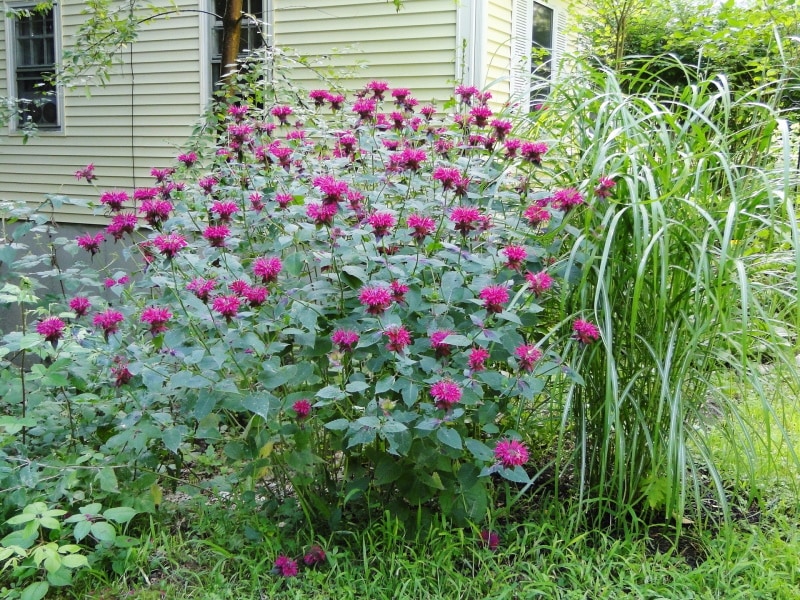
Bee balm flowers come in various colors, including red, pink, purple, and white. Their attractive colors invite butterflies, bees, and multiple beneficial insects to your garden. While these are good pollinators, they also act as natural pest repellants. Thus, growing bee balms close to your melons will ensure their optimal growth.
4. Bush Beans

Bush beans are ground-level, short plants that help your melons take up more nutrients from the soil. The plant does so by fixing nitrogen in your garden’s soil, making it ideal for melon crops.
Bush beans attract many pollinating insects, particularly bumble bees, to your crops. But unfortunately, these plants aren’t good companions for allium plants, including shallots, garlic, and onions. So, whenever you plant bush beans near your melons, make sure there are no allium plants nearby.
Also, avoid planting pole beans near your melons, as these are taller plants. This means they can prevent sunlight from reaching the crops.
5. Catnip
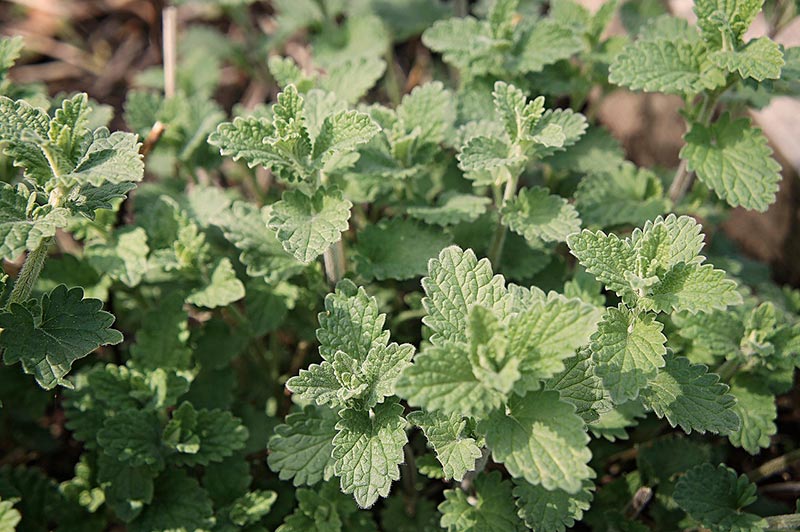
Catnip is an aromatic herb that adds the right smell to your meals. Due to this strong odor, this herb repels disease-causing insects from your melon crops, making them one of the best companions. Thus, planting catnip alongside your melon plants will help you deter flies, leafhoppers, squash beetles, and aphids.
Catnip also makes a powerful essential oil that’s filled with multiple benefits. Plant as many catnip plants as you want near your melon crops to reap all these perks.
6. Basil, Mint, Oregano, and Tansy
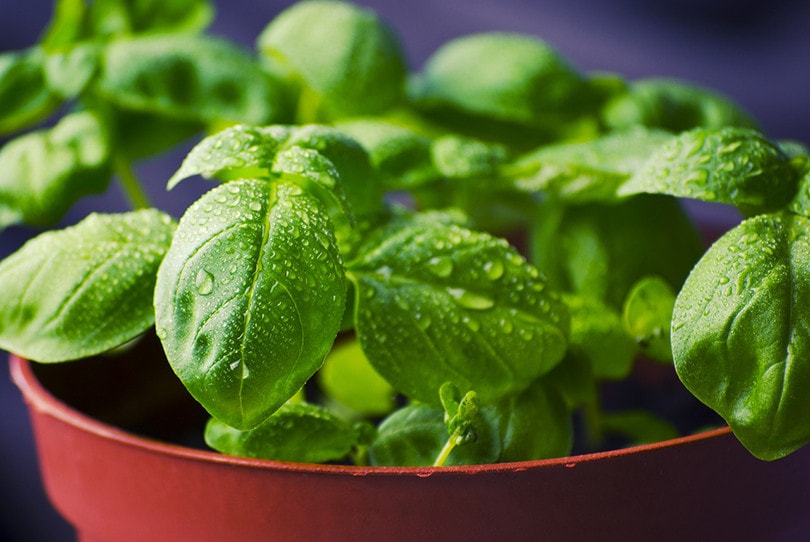
Many herbs also serve as the best companions for melons. These include basil, oregano, tansy, and mint. These herbs not only add the perfect flavor to your food but also keep harmful insects and pests away from your garden plants.
The good thing about growing these herbs is that they don’t shade the melon’s vines. Instead, they grow compactly, so nobody becomes deprived of natural sunlight.
Since these herbs have a strong fragrance, they may become invasive if planted too close to your melons. That’s especially the case with catnip and mint. To prevent this, you should plant these herbs in containers.
7. Lettuce and Spinach
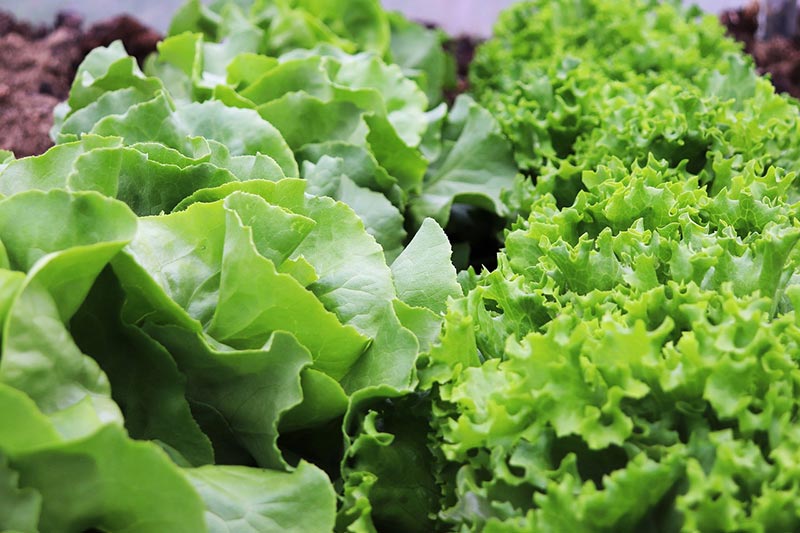
Companion planting with lettuce and spinach benefits multiple cantaloupes, including melons. These are cool-season crops that mature faster. When the melons grow bigger, lettuce or spinach are harvested to allow the free growth of the crops.
8. Nasturtiums

Nasturtiums are another best flowering companion on this list that protect your melon crops from predators, especially aphids. These sap-sucking insects weaken the plants from the inside.
Planting these gorgeous flowers near your melon will be an excellent trap for these insects. Their peppery scent keeps aphids away from your fruiting crop. Apart from preventing aphids, these flowers also add beauty to your home with their eye-catching colors.
Nasturtiums also attract pollinators and several beneficial insects to your garden, so consider planting these flowering plants near your melons to reap triple benefits.
9. Radishes
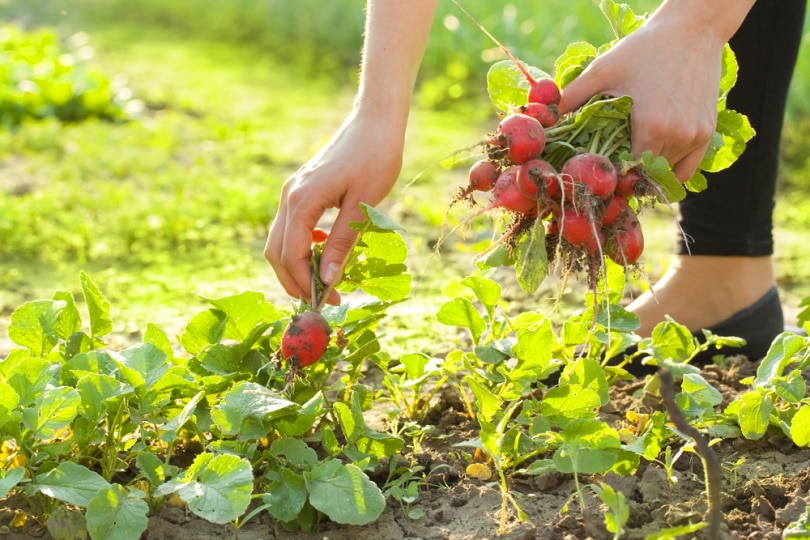
Radishes grow and mature faster than most plants. That’s why they are one of the best companions for melons. Radishes are harvested before the melons grow, allowing them to take over and offer ground cover quickly.
Radishes also help suppress weed growth near melons to ensure that the plant takes up all the nutrients itself. Growing radishes close to melons also helps protect the crops from multiple pests. The veggies attract aphids which serve as the food for predators like lacewings and ladybugs.
10. Wildflowers
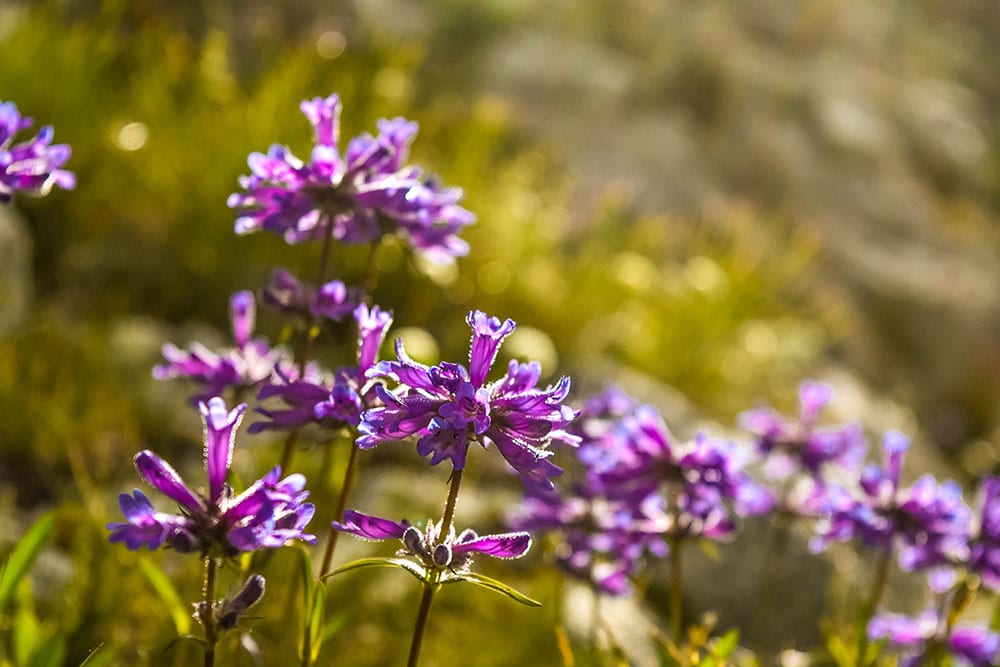
Wildflowers make an excellent addition to the beauty of your garden and the betterment of your melon plants. These plants are also the favorites of many pollinators, which come and help your crops set more fruits.
Wildflowers are entirely harmless to your melon crops. So, you can place these flowering plants anywhere close to them. For instance, if you’re growing melons in containers, you can add the wildflower in the same container. Of course, you can plant them in separate containers, but ensure they are close to the melon patch. This way, the pollinating insects will find the crop easily.
11. Corn
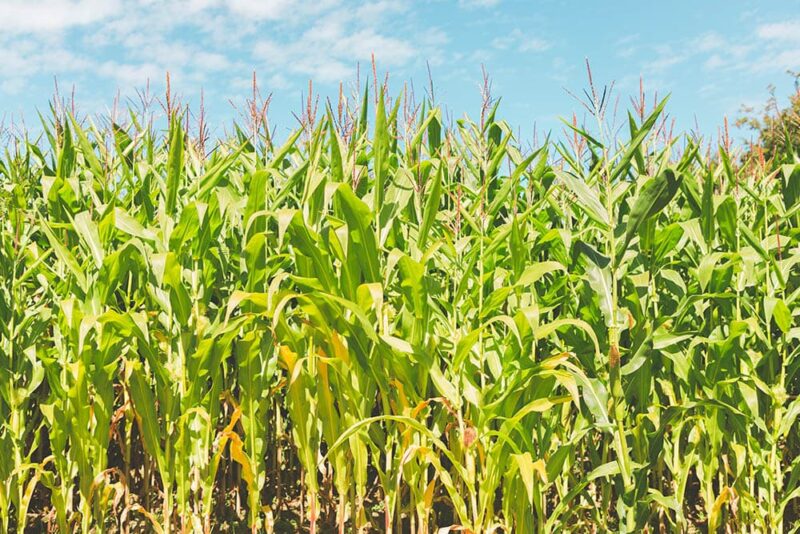
Corns make the best companions for melons because they offer shade for the melon vines. This allows the crops to grow comfortably and more quickly.
Planting corn and melons together benefits both plants. For instance, melon vines also benefit the corn stalks by preventing them from blowing in the wind. In return, the corn plants help the melons in pollination and fertilization, leading to more fruitful and larger crops.
Besides, corn also makes delicious and nutritious snacks. So, growing them near your melons would be a win-win situation for you and the melons.
 The 5 Worst Companion Plants for Melons
The 5 Worst Companion Plants for Melons
While some plants promote growth and health in your melons, some can cause adverse effects to them. To avoid any potential damage to your crops, you must know about these plants.
Below are the five worst companion plants for melons that you should never grow near your melon patch:
1. Cucumbers
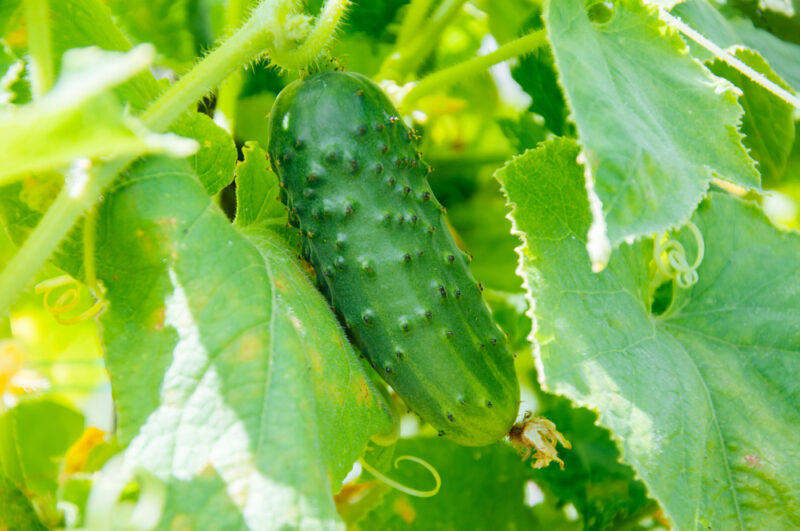
Cucumber crops often suffer from cucumber beetles, pests that badly damage the crops. Unfortunately, many gardeners have also observed the same pests near the melon crops.
It’s better not to grow these plants close to each other, or the problem may spread to other plants in your garden. Either the cucumber can grow healthily or the melons can, or else both will stunt each other’s growth. There is no good outcome of this companionship!
Cucumbers can also invite similar pests and disease-causing insects to your garden. So, keep them away from your melons.
2. Pumpkins
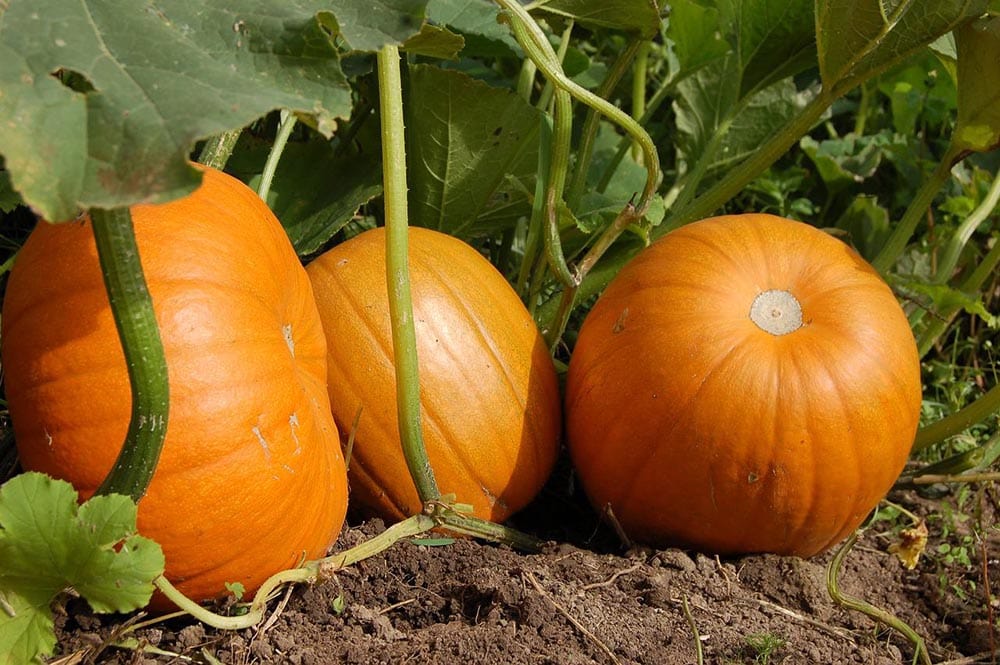
Pumpkins are the worst companions for melons because they can take over your crops and shade them. This blocks sunlight from reaching the melons and prevents them from fruiting. Pumpkins may also compete with melon plants for space and nutrients. This could result in poor growth of both plants.
Pumpkins also have a strong smell that deters pollinators from visiting melon flowers. Not only that, but pumpkins are also believed to attract many bugs, including cucumber beetles and squash bugs. These pests can damage your melons, so it’s best not to plant both of these plants together.
3. Potatoes

Potatoes are generally not the best companions for most plants. These vegetables attract multiple pests, including aphids, which infest the garden crops and severely damage them.
Moreover, melons and potatoes have different watering needs, so you’d need to take care of both at once. Not only that, but they both have different growing habits. Thus, managing these plants simultaneously could be challenging for you.
4. Zucchini
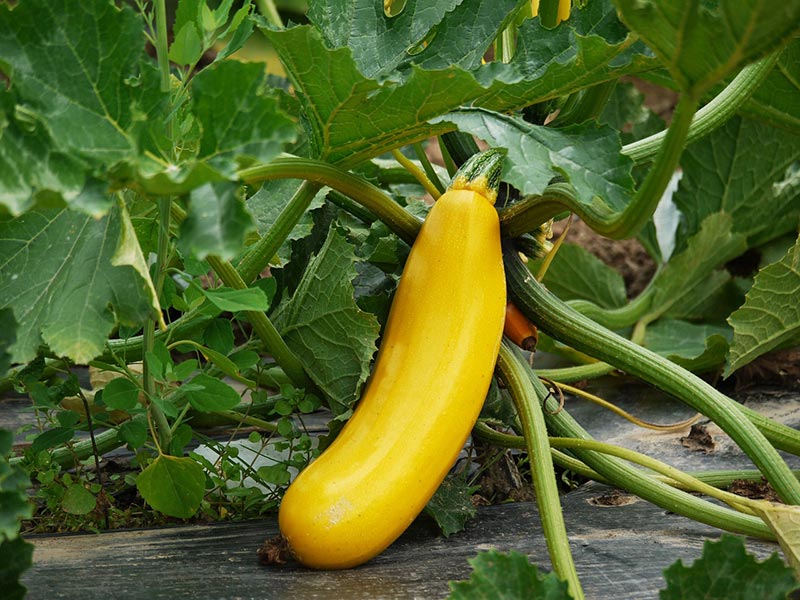
Like cucumbers, zucchini attracts cucumber beetles and other pests to gardening plants. These vegetables also compete with the melons for nutrient intake from the soil. In the worst cases, they may also take up most of the sunlight meant to reach your melons.
5. Sunflowers
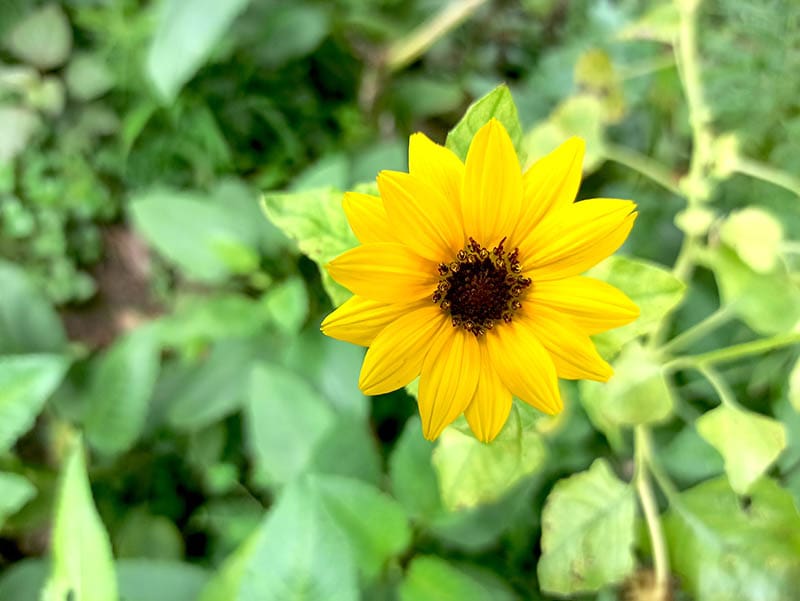
While many flowers like marigolds and nasturtiums make the best friends for melons, a few can be their worst companions. One such flower is the sunflower. These beautiful flowers can attract aphids to your melons and damage them.
Also, sunflowers are pretty tall, casting a dark shade on your melons. This prevents the sunlight from reaching your crops, resulting in stunted and improper growth of the melons.
 Conclusion
Conclusion
Melons are easy to grow and manage gardening plants. They thrive amazingly near their best companions, such as marigolds, nasturtium, bee balm, bush bean, catnip, mint, wildflowers, lettuce, etc.
These best companion plants prevent weed production, promote optimal growth, and repel pests from your melon patches. This way, they give a better and more flavorful yield.
However, a few plants can be melon’s worst companions. These include potatoes, cucumber, zucchini, sunflowers, and pumpkins. Therefore, it’s better to grow these plants away from your melon crops.
See also:
Featured Image Credit: Brett_Hondow, Pixabay
Contents
